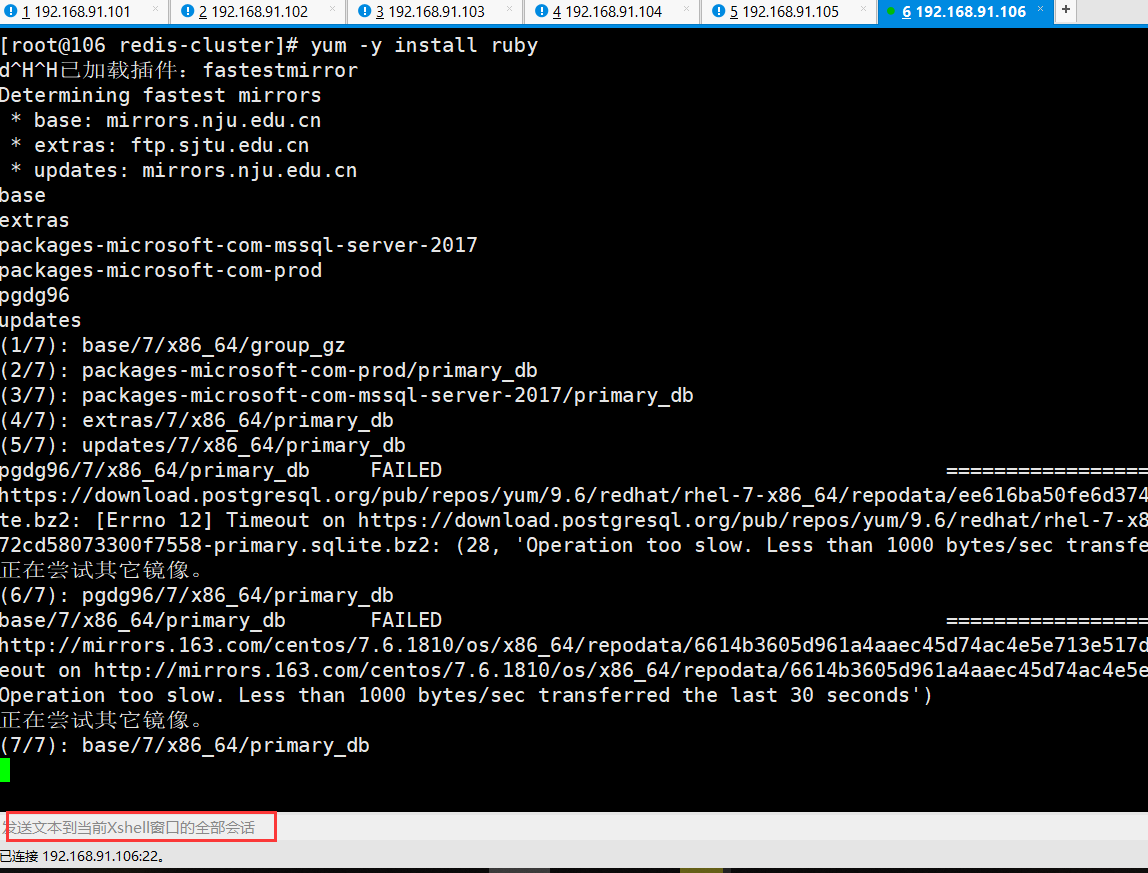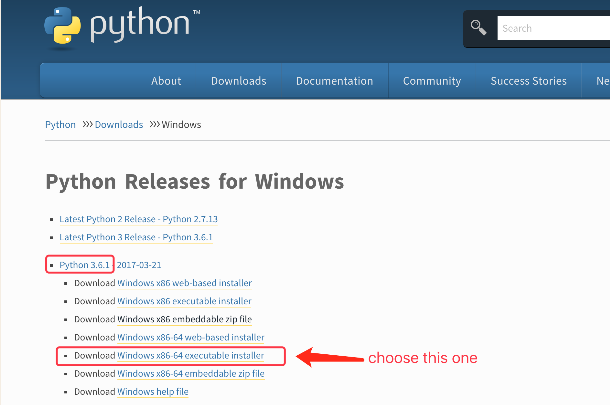在
RailsGuides routing tutorial中,他们给出了以下例子
如何使用hash参数设置一个简单的路由:
如何使用hash参数设置一个简单的路由:
get '/patients/:id',to: 'patients#show'
但是当您生成一个新的Rails应用程序(使用Rails 4.0.3)
rails new命令,生成的config / routes.rb文件给出以下内容
一个简单路由的例子,使用哈希键/值separator =>
get 'products/:id' => 'catalog#view'
这些不同的方法之间是否有区别,以定义一条路线,或者
他们是一样的吗? The Rails documentation字面上说:
match 'path' => 'controller#action' match 'path',to: 'controller#action' match 'path','otherpath',on: :member,via: :get
也就是说,这并没有真正解释什么.
解决方法
使用vs =>之间没有任何功能差异定义路由
在Rails.在内部,路由方法实际上是转换路由参数
表格
在Rails.在内部,路由方法实际上是转换路由参数
表格
<method> '<path>' => '<controller>#<action>'
以此形式
<method> '<path>',to: '<controller>#<action>'
源代码
这是转换(来自Rails 4.0.4)的实际来源
注意每一个
get,post等路由方法最终通过它的参数
到这个匹配方法(我的意见):
def match(path,*rest)
# This if-block converts `=>` to `to`.
if rest.empty? && Hash === path
options = path
# The `find` method will find the first hash key that is a string
# instead of a symbol,e.g. `'welcome/index' => 'welcome#index'` instead
# of `to: 'welcome#index'`. By parallel assignment,`path` then becomes
# the value of the key,and `to` is assigned the value
# (the controller#action).
path,to = options.find { |name,_value| name.is_a?(String) }
# The following two lines finish the conversion of `=>` to `to` by adding
# `to` to the options hash,while removing the
# `'welcome/index' => 'welcome#index'` key/value pair from it
options[:to] = to
options.delete(path)
paths = [path]
else
options = rest.pop || {}
paths = [path] + rest
end
# More Code...
end


